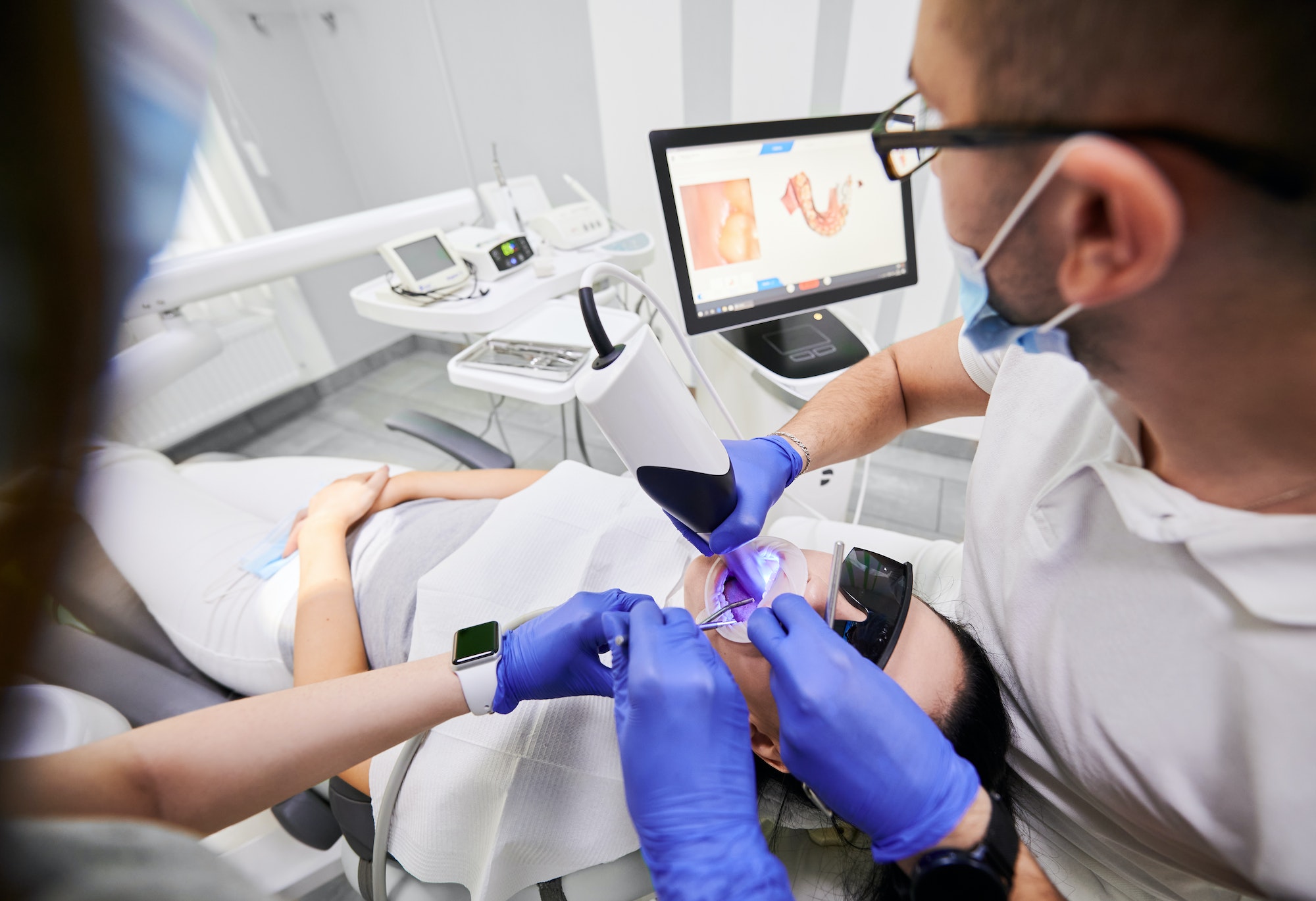Why Choose the Restorative Dental Services at Rush Creek Dentistry in Arlington, Texas?

State-of-the-Art Technology
We invest in cutting-edge dental technology, such as digital radiography and intraoral scanners, to ensure accurate diagnoses and precise treatments. Our commitment to technology enhances your experience and outcomes.

Patient Comfort is a Priority
We understand that dental procedures can be daunting for some patients. Our compassionate approach, coupled with advanced pain management techniques, ensures that your comfort is paramount throughout your treatment.

Customized Treatment Plans
We recognize that each patient’s needs are unique. Our dentists collaborate with you to develop personalized treatment plans that align with your goals, preferences, and budget.
Common Restorative Dentistry Procedures
Dental Fillings: Preserving Tooth Integrity
Dental fillings are a cornerstone of modern dentistry, addressing the common issue of cavities and tooth decay. Our skilled dentists utilize the latest techniques and materials to restore damaged teeth. Amalgam fillings are renowned for their durability and strength, while tooth-colored composite fillings seamlessly blend with your natural teeth, providing both protection and aesthetics.
Dental Crowns and Bridges: Restoring Form and Function
Dental crowns and bridges are versatile solutions to a variety of dental concerns. Dental crowns, also known as “caps,” are custom-made to fit over a damaged tooth, restoring its shape, strength, and appearance. Bridges, on the other hand, fill the gaps left by missing teeth, preventing adjacent teeth from shifting and maintaining your bite’s alignment.
Dental Implants: A Permanent Solution
Dental implants are the gold standard for tooth replacement, offering a durable, natural-looking solution. Our experienced implant specialists ensure a seamless process from consultation to final restoration. The titanium implant acts as an artificial tooth root, providing stability and preventing bone loss. With proper care, dental implants can last a lifetime, significantly improving both function and aesthetics.
Root Canal Therapy: Saving Infected Teeth
Root canal therapy is a common procedure aimed at saving infected teeth from extraction. Our skilled endodontists use advanced techniques to remove infected pulp, relieving pain and preventing further complications. This procedure not only alleviates discomfort but also allows you to retain your natural tooth, maintaining both appearance and function.

Welcome to Rush Creek Dentistry, where your smile is our passion! We’re thrilled to share that we accept all PPO insurance plans, as well as Medicaid coverage. Our goal is to make dental care easy and accessible for everyone. Whether you’re due for a regular check-up or looking for more extensive treatment, our friendly team is here to help. Take a look around our website to learn more about our services, and feel free to reach out with any questions. Let’s work together to keep your smile healthy and bright!
Restorative Dentistry FAQ's
How long does a dental implant procedure take?
The duration of a dental implant procedure varies based on individual cases. On average, it can take a few months, including healing time.
Are dental implants painful?
Our dental implant procedures are conducted under local anesthesia, ensuring minimal discomfort during the process. Post-procedure pain is usually manageable with over-the-counter pain relievers.
What's the lifespan of dental crowns?
The lifespan of dental crowns depends on various factors, including oral hygiene, diet, and the material used. With proper care, high-quality dental crowns can last well over a decade.
Is root canal therapy painful?
Root canal therapy is designed to relieve pain, not cause it. Our modern techniques and local anesthesia ensure that patients are comfortable throughout the procedure.
Can I resume my regular diet after a dental filling?
Yes, you can generally resume your normal diet after a dental filling. However, it’s advisable to avoid extremely hot or cold foods immediately after the procedure.
